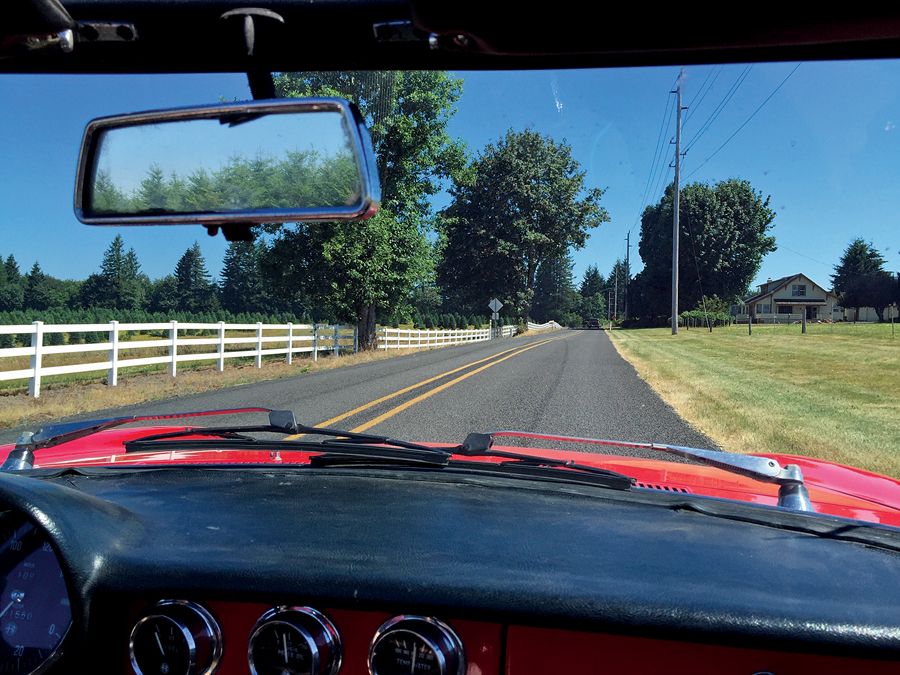I’ve been driving something for as long as I can remember. It started with the blue-and-white pedal car my grandfather got me when I was 3 years old. Soon enough I had a Hawthorne 20-inch single-speed coaster-braked bicycle. We ordered it from the Montgomery Ward catalog and picked it up from their local store —…
You Don’t Know What You’ve Got Till It’s Gone


2 responses to “You Don’t Know What You’ve Got Till It’s Gone”
Get well my friend….get well soon. One car guy to another.
I remember the days of your 1 page Sports Car market Prices,
And some of your future price predictions which all came true !
You have an uncanny ability as a “Voyeur” of sports cars to see the future . Good Luck with your recovery, Keith !
Rand